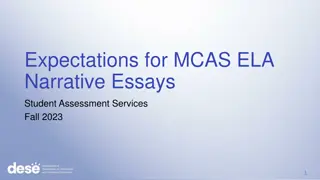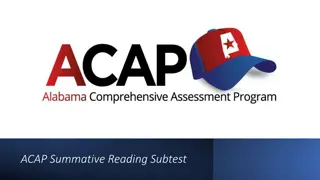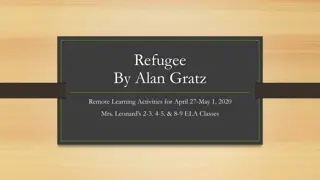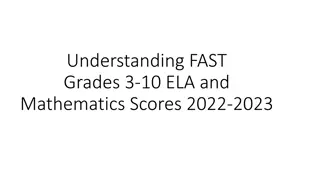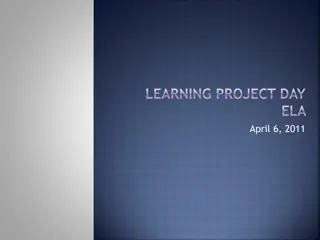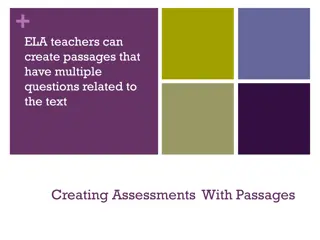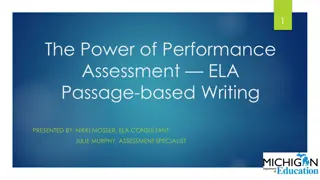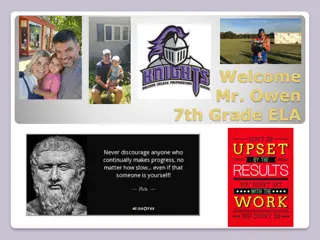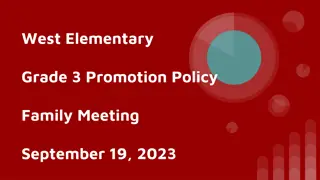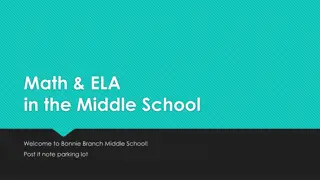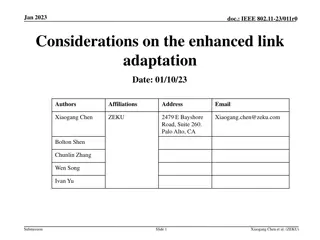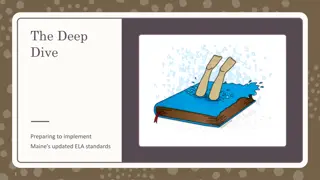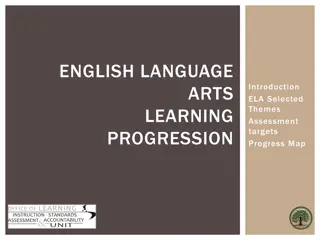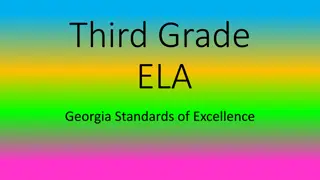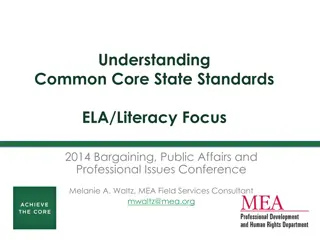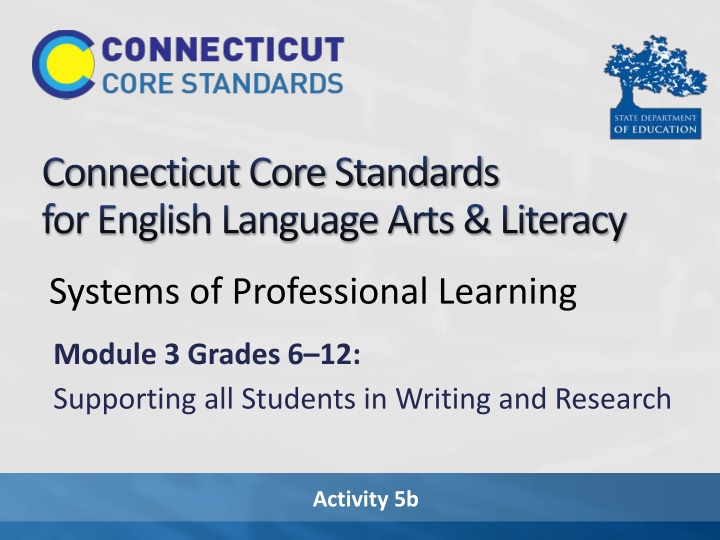
Effective Argument Writing: Qualities and Criteria for Grades 6-12
Learn about the qualities of effective argument writing, the 4 Cs of evidence-based writing, and the difference between persuasion and argument in this comprehensive guide designed to support all students in writing and research activities.
Uploaded on | 0 Views
Download Presentation

Please find below an Image/Link to download the presentation.
The content on the website is provided AS IS for your information and personal use only. It may not be sold, licensed, or shared on other websites without obtaining consent from the author. If you encounter any issues during the download, it is possible that the publisher has removed the file from their server.
You are allowed to download the files provided on this website for personal or commercial use, subject to the condition that they are used lawfully. All files are the property of their respective owners.
The content on the website is provided AS IS for your information and personal use only. It may not be sold, licensed, or shared on other websites without obtaining consent from the author.
E N D
Presentation Transcript
Connecticut Core Standards for English Language Arts & Literacy Systems of Professional Learning Module 3 Grades 6 12: Supporting all Students in Writing and Research Activity 5b
After Learning How to Write Claims, Students Write an Argument, Supporting that Claim At your table discuss: What are the qualities of effective argument writing? Consider what students must know and be able to do to write effective arguments. Activity 5b 51
What are the Qualities of Effective Argument Writing? An effective claim with a clear introduction of idea(s) Collection of strong textual evidence Well-constructed grouping and connecting ideas with mature transitions Effective explanations of the evidence that supports the claim Counterclaims appropriately addressed Use of correct English conventions Strong and meaningful conclusion Use a variety of words eloquently Activity 5b 52
The 4 Cs of Evidence-based Writing Claim it: Violence on television affects children in negative ways. Cite it: According to Palmer, children under the age of 10 who watch more than 15 hours a week of television were more likely to play pretend games where others were killed or harmed. Clarify it: In reviewing the research, the overwhelming number of studies suggest that violence on television does have a negative effect on children. Counterclaim it: On the other hand, the Television Association of America, in a 2004 study, found that watching television had no effect on young children. In their study Activity 5b 53
ODELL EVIDENCE-BASED ARGUMENTS CRITERIA CHECKLIST GRADES 6-12 Activity 5b 54
Persuasion vs. Argument: Both have the goal of persuading people to believe something is true or change their beliefs Persuasion Ethos (author credibility) Pathos (emotional appeals) Audience self-interest Use of Persuasive Strategies Logos (logical appeals) Reason Claims Proof Argument Use of Logic Activity 5b 55
Activity 5b: Finding Evidence to Support an Argument Activity 5b: Finding Evidence to Support an Argument Viewing a Video 1. View the Video Developing Evidence-based Arguments: http://commoncore.americaachieves.org/module/1 2. Consider the following: How were students supported in developing their arguments? How were students supported in finding evidence for their arguments? What role does discussion play in crafting arguments and gathering evidence? Page 33 Activity 5b 56

